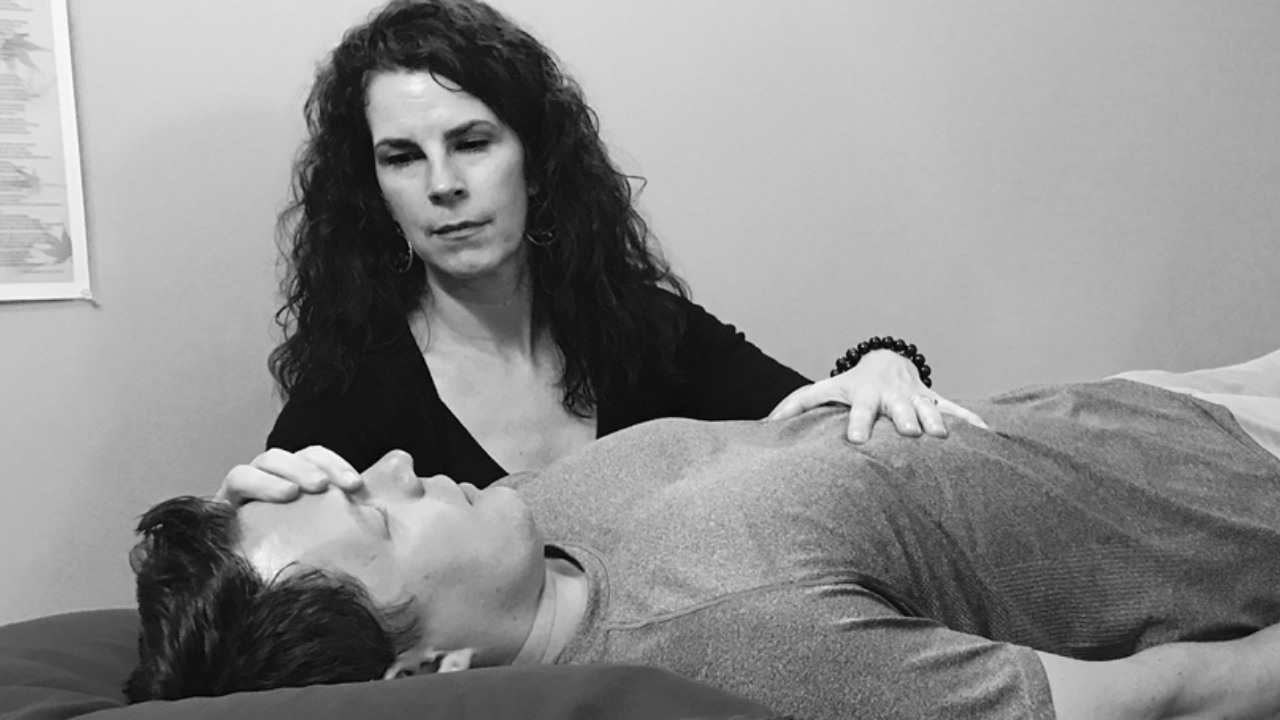Integrative Manual Therapy: A Whole-Body Approach to Healing
Aug 19, 2025
Integrative Manual Therapy: A Comprehensive Introduction
What Is Integrative Manual Therapy?
Integrative Manual Therapy (IMT) is an advanced, hands-on approach that looks beyond the musculoskeletal system to address restrictions and imbalances across the entire body. Where conventional manual therapy often focuses primarily on muscles and joints, IMT expands the lens to include fascia, the autonomic nervous system, fluid dynamics, and even organ mobility. By treating the body as a highly interconnected system, IMT seeks to restore function, reduce pain, and support the body’s natural healing capacity.
At its core, IMT recognizes that physical dysfunction is rarely the result of a single cause. Instead, it emerges from layers of restrictions in connective tissues, subtle changes in neural regulation, and imbalances in biomechanics. IMT practitioners use precise, gentle palpation to identify and release these restrictions, creating space for the body to reestablish balance.
How IMT Works
The effectiveness of IMT lies in its ability to detect and address restrictions that often go unnoticed in traditional evaluations. By gently working with tissue mobility and subtle physiological rhythms, IMT facilitates release at multiple levels:
-
Fascial Restrictions: The fascia is a continuous web of connective tissue enveloping every muscle, organ, and bone. When trauma, repetitive stress, or inflammation creates adhesions, it can compromise biomechanics and cause pain that spreads beyond the original site. IMT restores mobility in the fascia, helping tissues glide and function more efficiently.
-
Autonomic Nervous System Regulation: The autonomic nervous system (ANS) governs vital functions such as heart rate, digestion, and stress response. Chronic stress, trauma, or unresolved restrictions may keep the ANS in a heightened state, leading to fatigue, anxiety, or physical tension. Through gentle touch and guided release, IMT supports regulation of the ANS, shifting the body toward a calmer, more balanced state.
-
Biomechanics and Alignment: Even small restrictions can cascade into inefficient movement patterns, altered posture, and compensations that strain muscles and joints. IMT works to release these restrictions, allowing the body to return to more natural alignment and movement patterns.
This whole-system approach means IMT is not limited to one type of issue. Instead, it adapts to each person’s unique presentation, whether the challenge is rooted in structure, stress regulation, or postural dynamics.
Conditions and Issues IMT Can Address
IMT’s versatility makes it applicable to a wide spectrum of health concerns. While each individual responds differently, IMT is commonly used to support:
-
Chronic Pain: Especially when related to restrictions that have not responded to other approaches.
-
Musculoskeletal Imbalances: Including postural issues, repetitive strain, and movement dysfunction.
-
Nervous System Dysregulation: Such as stress-related tension, chronic fatigue, or difficulty calming the body.
-
Post-Surgical or Post-Trauma Recovery: To address scar tissue, adhesions, and lingering mobility issues.
-
Digestive and Circulatory Challenges: When restrictions in connective tissues impact organ function or blood flow.
IMT is not a replacement for medical treatment, but rather a complementary therapy that can enhance overall outcomes. Many individuals turn to IMT when they are seeking a more holistic yet clinically grounded way to address persistent issues.
What to Expect in a Session
A session begins with a detailed assessment, during which the therapist identifies areas of restriction, imbalance, or dysfunction. Unlike forceful manipulations, IMT uses light, sustained manual contact to support release. Clients often describe the experience as subtle but profound, with a deep sense of relaxation.
During a session, you may notice shifts such as warmth, ease of breath, or softening of tension. Because IMT is non-invasive, it allows the body to integrate changes naturally, without overwhelming the system. Each session builds on the last, progressively encouraging greater mobility and balance.
Benefits of IMT
Over the course of care, clients often experience:
-
Pain Reduction: Decreased intensity and frequency of discomfort.
-
Improved Mobility: Greater freedom of movement in daily activities.
-
Postural Alignment: A more balanced, efficient posture.
-
Stress Regulation: Improved ability to calm the nervous system and recover from stress.
-
Overall Well-Being: A general sense of resilience, adaptability, and balance.
One of IMT’s distinguishing features is that its benefits often extend beyond symptom relief. By working at the root level, IMT helps restore the body’s innate ability to self-regulate, which can create lasting improvements in overall health.
Conclusion: Moving Toward Balance
Integrative Manual Therapy offers a unique blend of scientific precision and whole-body awareness. By addressing restrictions not only in muscles and joints but also in connective tissues, neural pathways, and organ systems, IMT provides a path toward more complete healing. It empowers individuals to move beyond managing symptoms, helping them tap into their body’s natural resilience and capacity for balance.
If you are curious about whether IMT could support your health, I invite you to explore it further. Whether you are seeking relief from chronic pain, greater ease of movement, or a more balanced nervous system, Integrative Manual Therapy provides a gentle yet effective path forward. Connect today to learn more or schedule a consultation — and take the next step in your journey toward health and well-being.
